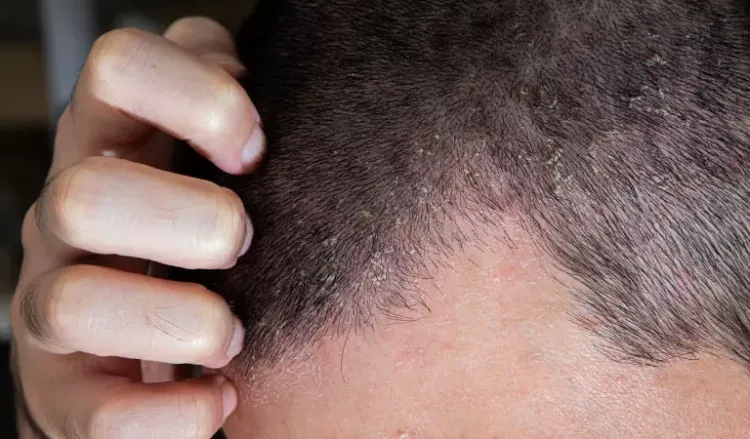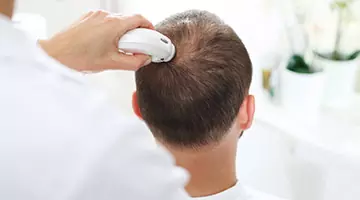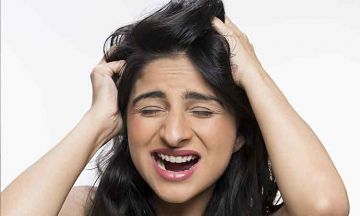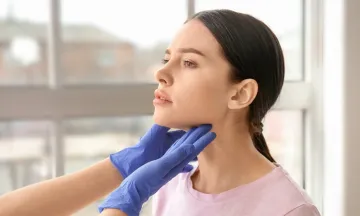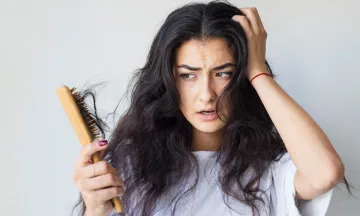Signs & Symptoms of Seborrhoeic Dermatitis
Do you have scaly patches along with persistent dandruff? Well, it might be due to seborrhoeic dermatitis. It is a common condition that mainly affects your scalp. It can also affect oily areas like the face, sides of the nose, eyebrows, ears, eyelids and chest.
Symptoms of seborrheic dermatitis
Symptoms of seborrhoeic dermatitis may include:
- Severe itching and redness of the scalp, causing a burning sensation
- Extreme white or yellow chalky flakes on the scalp which fall on your shoulders
- Associated hair loss
- Skin flakes (dandruff) on your beard, eyebrows, hair, mustache or scalp
- Quickening of the onset of pattern hair loss/baldness
- Sticky and greasy appearance of the hair and scalp
Causes of seborrhoeic dermatitis
Different factors might play a role in increasing the risk of developing seborrhoeic dermatitis such as:
- Overgrowth of Malassezia Yeast
One of the key seborrheic dermatitis causes includes a yeast named Malassezia. This fungal organism generally lives on the skin. But seborrhoeic dermatitis patients show an irregular, inflammatory response to its presence. The abnormal growth of Malassezia may cause the skin cells to secrete more sebum (oil) than normal. The increased production of oil can be a reason for seborrheic dermatitis.
- Gender and Age
Gender and age might make you more susceptible to seborrhoeic dermatitis. It is commonly seen in infants and in adults between the ages of 30 and 60 years. (Source: Indian Journal of Dermatology) When it comes to adolescents and adults, the condition is more commonly seen in men. (Source: Journal of Clinical and Investigative Dermatology)
- Family History
11 gene mutations or protein deficiencies appear to be more common in individuals with seborrhoeic dermatitis. (Source: Journal of the European Academy of Dermatology and Venereology) Most of these genes and proteins play a role in determining the functioning of the immune system or how the cells in the outer layer of the skin mature.
Apart from these factors, different lifestyle and environmental factors can also be seborrheic dermatitis reasons. These factors include:
- Living in a cold, dry climate
- Sleep deprivation
- Excessive stress
When to see a doctor?
See your doctor if:
- You're losing sleep or can’t focuson your daily routines
- Your condition is causing embarrassment and anxiety
- Your skin is infected
- You've tried self-care steps without success
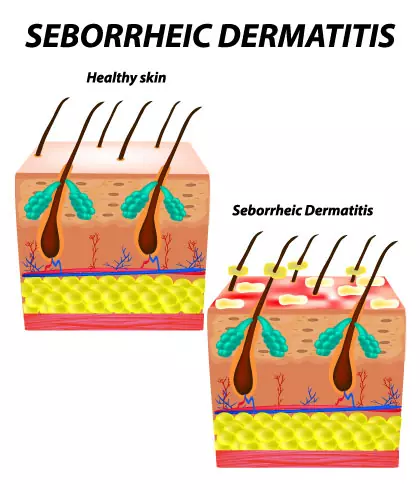 Treatment options
Treatment options
The conventional seborrhoeic dermatitis treatment covers anti-dandruff shampoos and skin softeners. Nevertheless, usage of these products does not guarantee long-lasting relief and chances of recurrence are high. Seborrhoeic dermatitis treatment in homeopathy has something better to offer! Homeopathy goes deeper into the root causeof the disease to provide you long-lasting results. It evaluates the individual affected by the disease and not the symptoms alone. It reduces the intensity, frequency and duration of complaints.
You might want to read more on natural treatment and remedies for seborrhoeic dermatitis
To get an individualized, safe and effective seborrheic dermatitis treatment, book an appointment with Dr Batra's™ at https://www.drbatras.com/book-an-appointment

